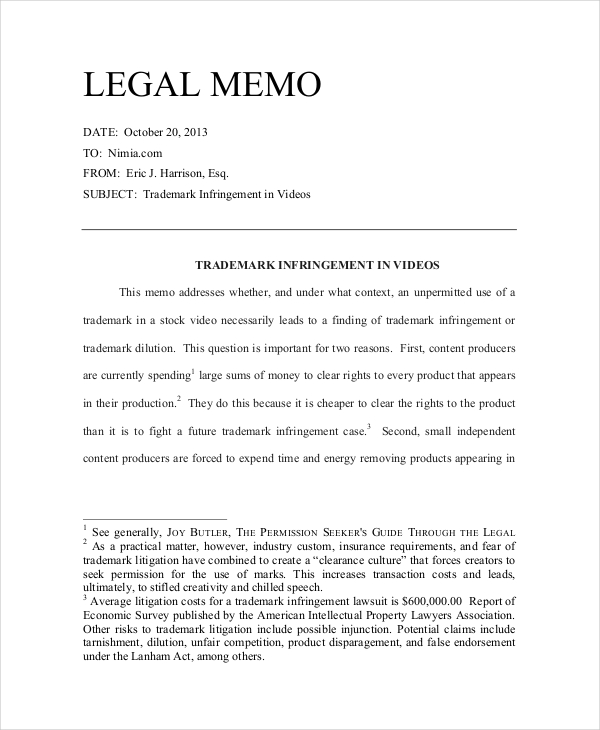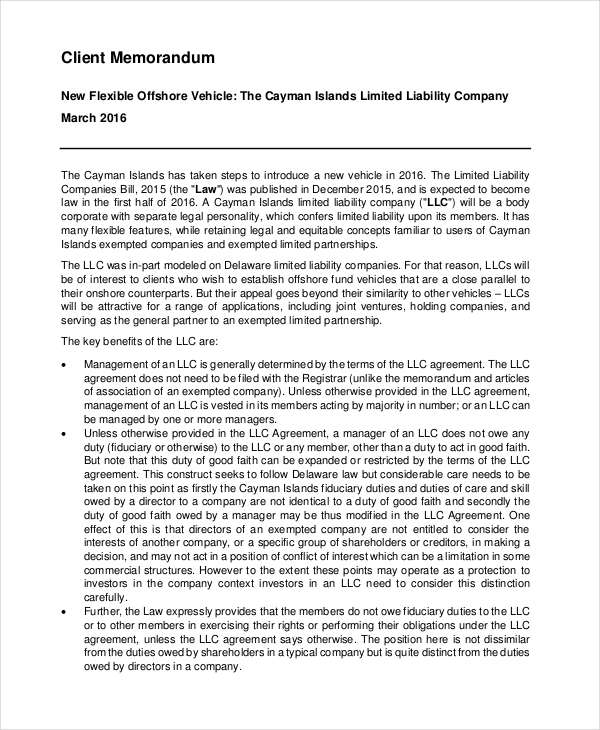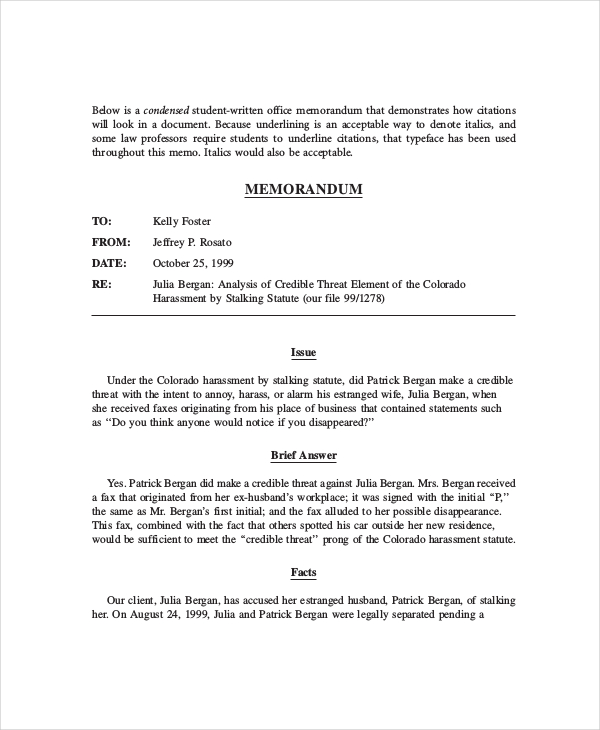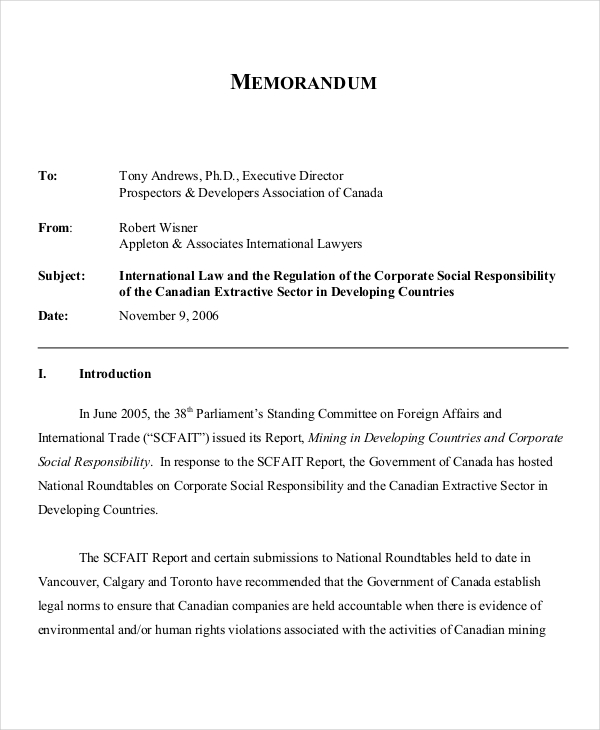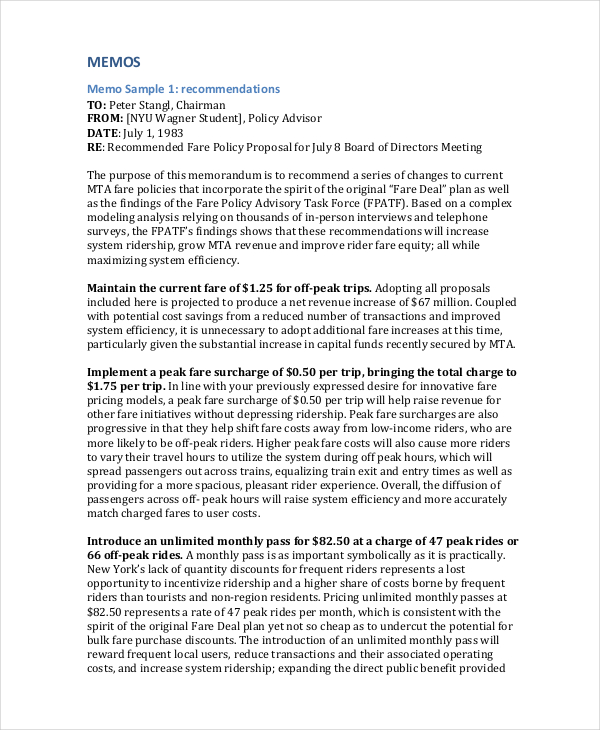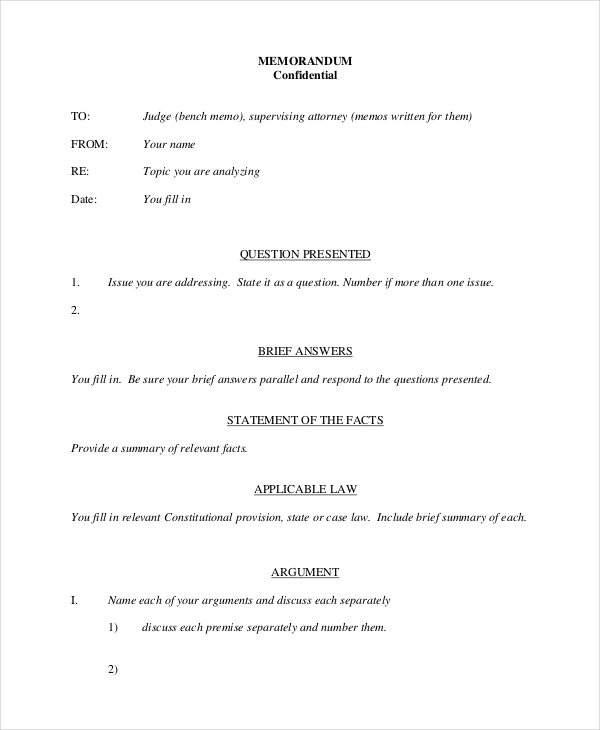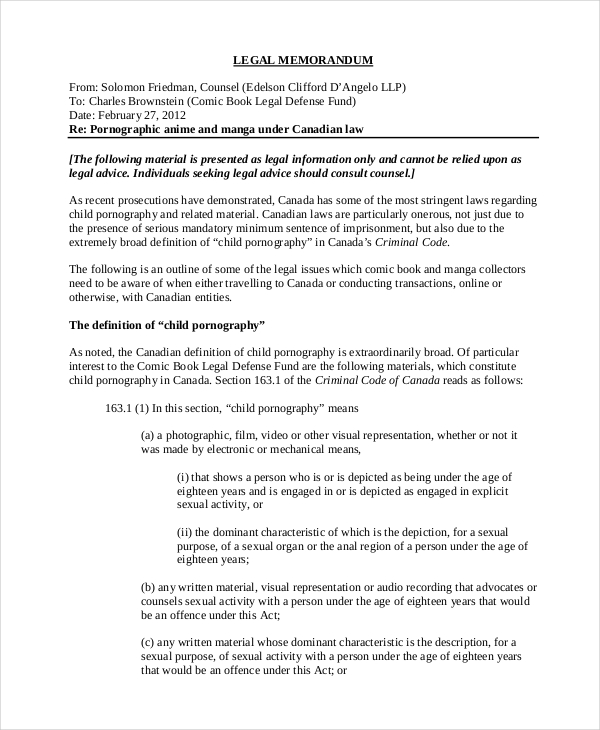16+ Legal Document Examples to Download
In any given case, there are multitudes of legal documents that become absolutely necessary. Although seemingly minor compared to others, few stand out as much as the simple legal memo. With all the information contained within, it’s no wonder that these are so highly prized. If you’d like to learn more or get a legal memorandum PDF template from our list, feel free to scroll on and devour what we have to offer.
Legal Memo Example
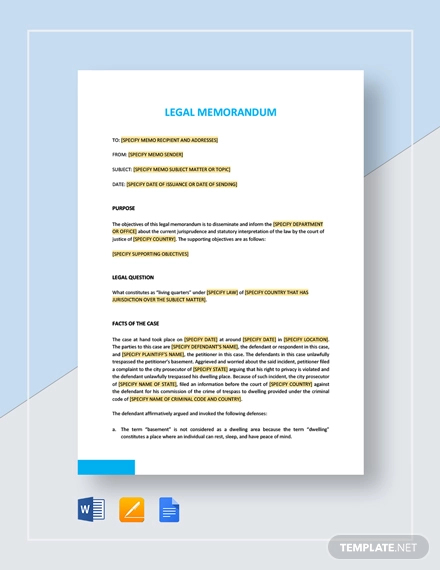
Interoffice Legal Memo Template
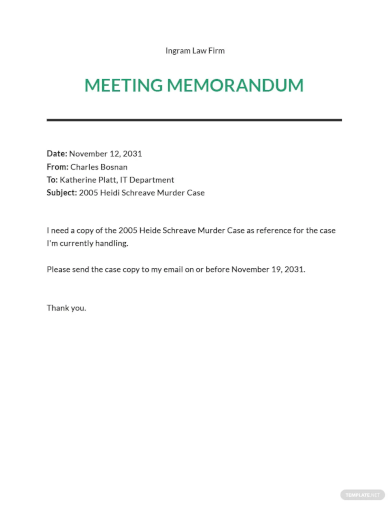
Free Internal Legal Memo Template
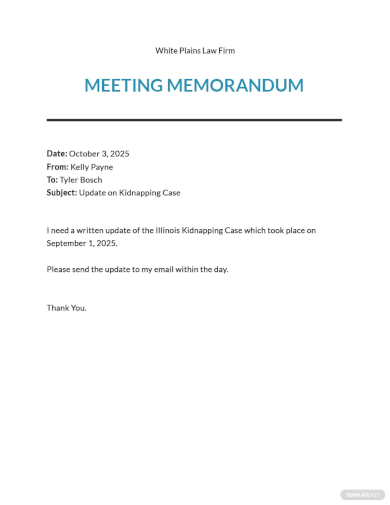
Free Sample Legal Memo Template
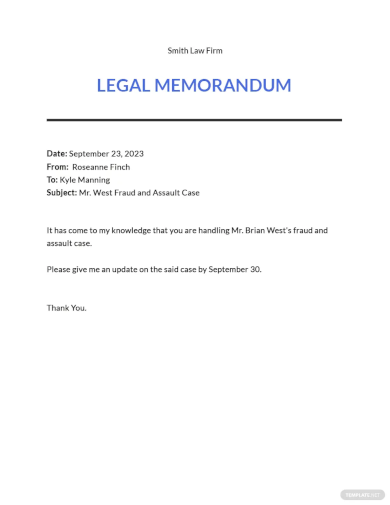
Legal Email Memo Template

Editable Legal Memo
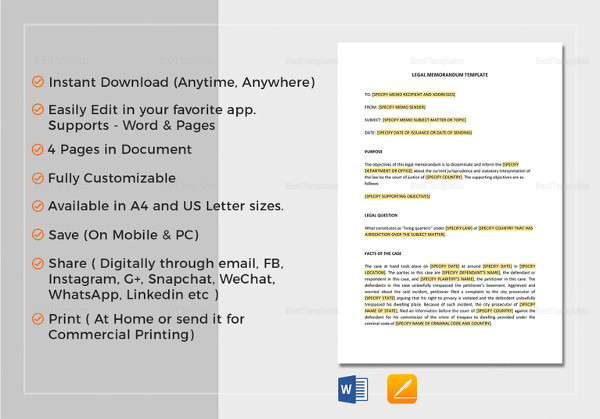
Interoffice Memo Template
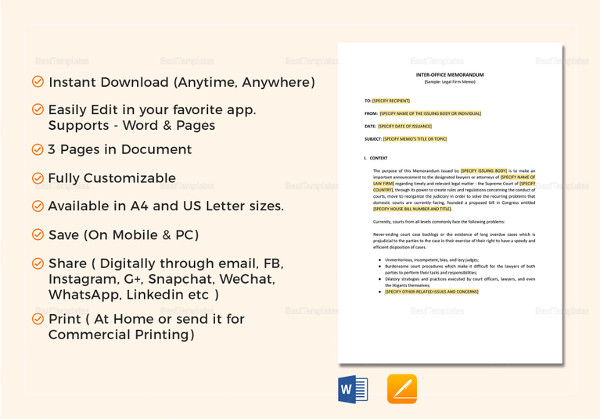
Professional Memo Template
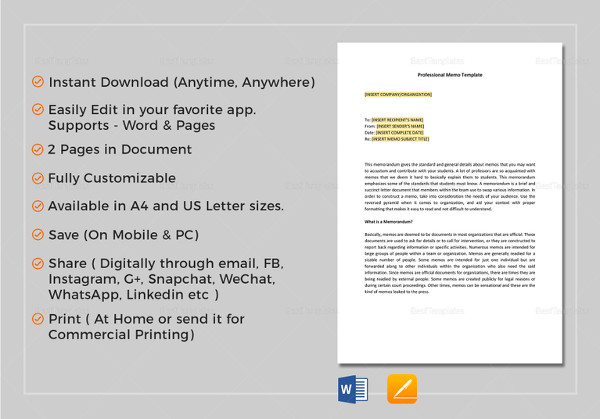
Printable Memo Template
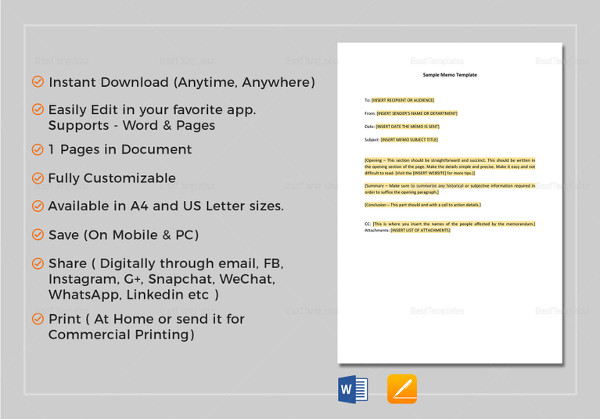
Printable Formal Memorandum

Simple Legal Memo Example
Legal Memo to Client
Basic Legal Memo Sample
General Legal Memo
Model Legal Memo Sample
Persuasive Legal Memo
Predictive Legal Memo
What Is a Legal Memo?
A legal memo is a written document that contains summarized details of a particular case. Among the facts and bits of information written within will include citations from specific legal authorities. Taking a look at any sample legal memo will reveal that, like other memo types, its contents remain concise and to the point. The business aspect of it relates mostly to the professional tone of company memos, combined with the detail of research memos.
How to Write a Legal Memo
When it comes to crafting your own memorandum from scratch, know that there’s more to it than just learning any legal memo format. Since there are no hard-fast rules, one can easily download any legal memo template or legal memo example to make it all easier. However, if you still want to write your own from scratch, then pay attention to the following tips:
1. Make its Intent Clear
In addressing an assignment of writing a legal memo, it is important to know what the purpose of the memo is. As you state it within the memo, ensure that it is written in such a way that there will be no doubts whatsoever from those reading it.
2. Keep its Deadline in Mind
Although quality is important for any legal memorandum to client sample being written, remember that there are always deadlines to follow. You mustn’t take too much time in writing your memo, otherwise, you may end up missing the deadline, thereby defeating the purpose from the get-go.
3. Include Only Relevant Details
Considering the importance of a memo’s contents, you must be careful with what you choose to include. Since memos are not meant to be flowing documents filled with facts upon facts, you must include only what is truly relevant to the case. Ensure not only relevancy but also the quality of the content.
4. Check for Errors After
Once you’ve finished writing the memo, go through it again to make sure that you’ve left no errors behind. If you have, now is the time to make the necessary corrections.
FAQs
What are the different types of memos?
There are four types of memos, which are informational, problem-solving, persuasion, and internal memos. Legal memos tend to fall under the first type.
What are the elements of a legal memorandum?
The standard elements of a legal memorandum often include the heading, the legal issue identification, the summary of provided conclusion, the review of supplementary facts, the discussion of the law in relevance to the legal issue, and the final conclusion.
Why is a legal memo important?
A legal memo comes in handy because it can provide crucial information for a file or case. Not only that, but it is also concise and summed up, which means it also provides a level of convenience to those in need of it.
As you’re now aware, the legal memo isn’t just another piece of paper. This document is as crucial to cases as legal contracts can be to businesses. With your new-found knowledge of its nuances, you should be able to create your own—and use it well. So take what you’ve learned here and be sure to put it to good use by either downloading one of our templates or writing a legal memo from scratch today!



